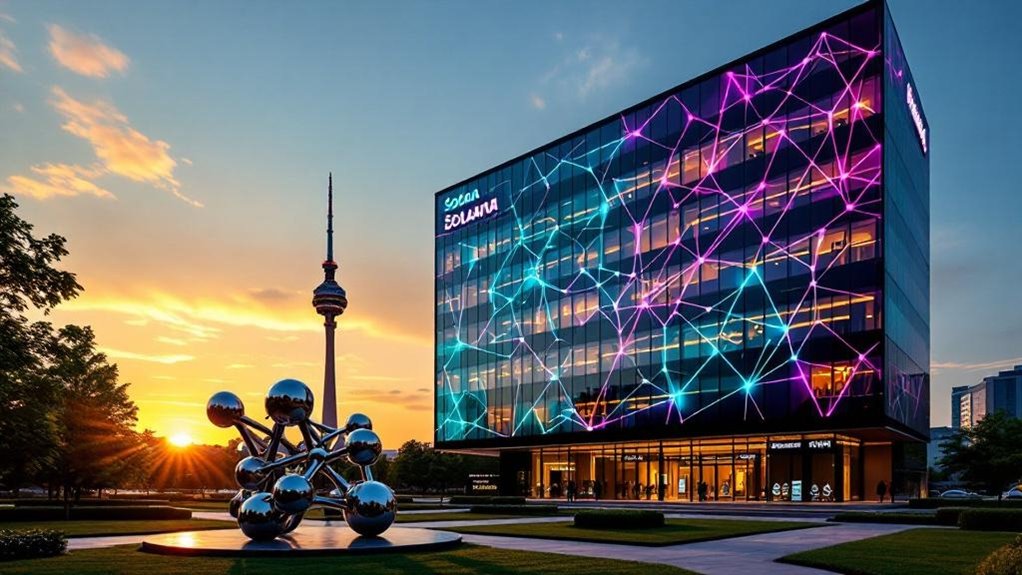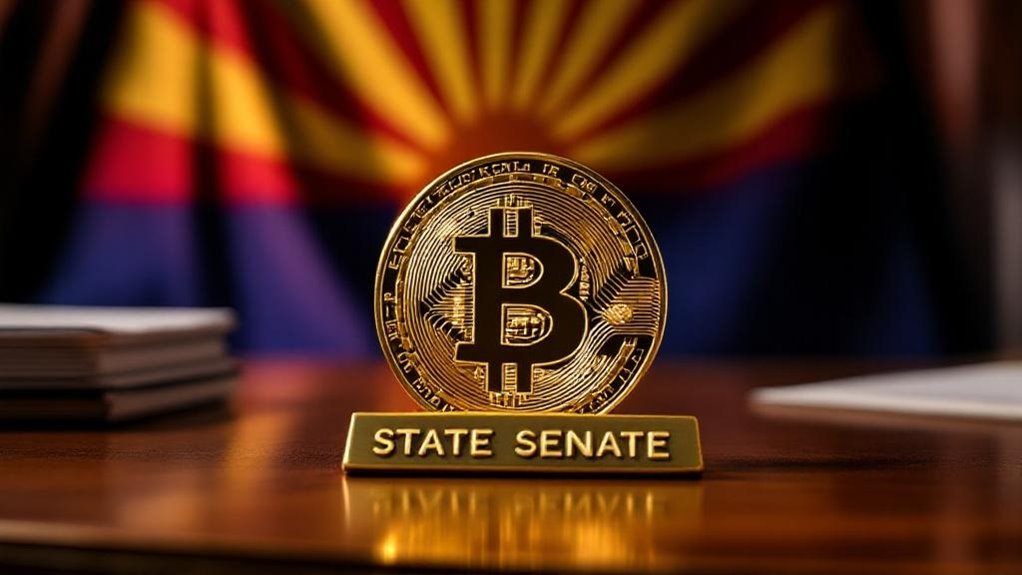MemeCoinCook.com serves up spicy crypto memes and info for entertainment only—this ain’t financial, investment, legal, or professional advice! Whipped up with AI flair, our content might have some half-baked bits, so DYOR before you dive into the crypto pot. NFA, folks—we’re just tossing out ideas, not guarantees. We make no claims about the accuracy, legality, or tastiness of our posts. Sip our content at your own risk! Check our Terms of Use for the full recipe.

Why Circle and Tether Keep Meeting With Cardano Despite No Stablecoin Launch
While major stablecoin issuers Circle and Tether regularly meet with Cardano representatives about potential integration, these discussions reveal a complex dance between blockchain ambitions and market realities. Every month or two, these crypto giants sit down with Cardano’s team, not to argue about fees or nurse wounded relationships, but to explore strategic possibilities that keep hitting the same stubborn wall.
The elephant in the room during these meetings is Cardano’s Total Value Locked (TVL), hovering between $300-400 million. Compare that to Solana‘s $8 billion or Ethereum‘s mind-boggling $100+ billion, and you can see why stablecoin issuers might swipe left on this blockchain dating profile. It’s like trying to open a luxury store in a small town – the customer base just isn’t there yet.
Circle and Tether have actually proposed an interesting solution: pre-minting $100-300 million worth of stablecoins to jumpstart liquidity. Think of it as bringing your own party guests to guarantee the dance floor isn’t empty. But Cardano would need to foot the bill for this liquidity injection, effectively buying their way into the stablecoin club. This approach mirrors how major stablecoins like USDC maintain their 1:1 value ratio with the US dollar through careful reserve management.
History plays a role here too. Back in 2021, the Cardano Foundation turned down Circle’s $3 million proposal for USDC integration. Whether they’re regretting that decision now is anyone’s guess, but it shows these negotiations aren’t just about technical readiness – they’re about cold, hard economics.
The meetings continue because both sides recognize the potential. Cardano wants the credibility and utility that major stablecoins bring, while Circle and Tether keep one eye on future opportunities. They’ve learned from other blockchain integrations that rushing into partnerships without sufficient liquidity creates more problems than it solves. Hoskinson has floated ambitious ideas like using Bitcoin DeFi integration as a way to dramatically boost Cardano’s TVL and attract stablecoin issuers’ attention.
Adding another layer of complexity, Circle recently gained regulatory approval under Europe’s MiCA framework, while Tether refuses to comply with these regulations. This divergence in regulatory approaches affects how each company evaluates new blockchain partnerships. The need for regulatory compliance has become increasingly critical as enterprises seek blockchain solutions that can navigate global regulatory frameworks while maintaining operational efficiency.
Until Cardano’s DeFi ecosystem matures considerably, these monthly meetings will likely remain just that – meetings. The stablecoin giants are fundamentally telling Cardano, “We like you, but let’s see other blockchains while you work on yourself.”



